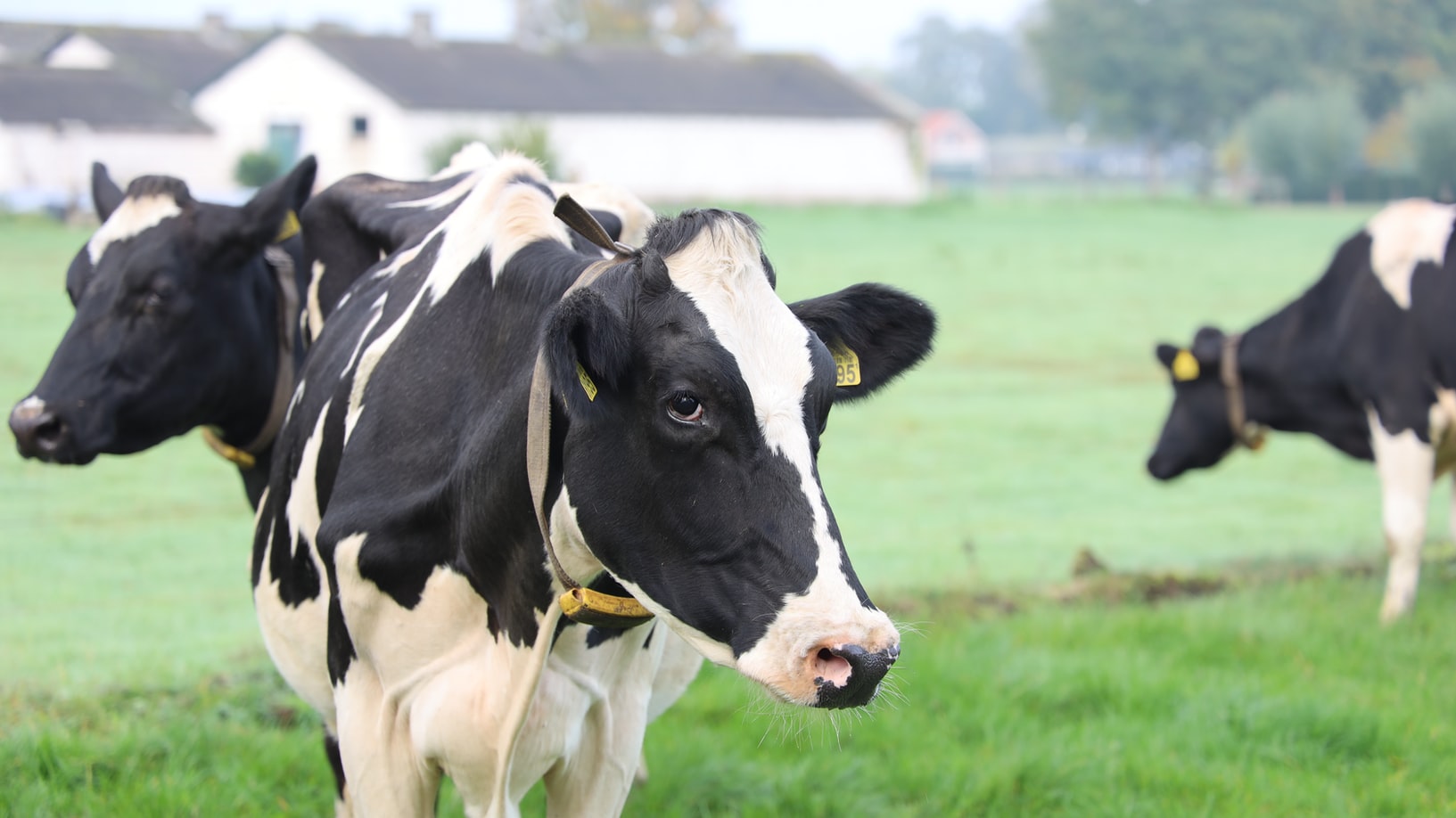ASRC Air Quality Researcher Leads Project to Help Reduce Methane Emissions in New York
ALBANY, N.Y. (Feb. 23, 2022) – While carbon dioxide emissions have received most of the attention in the fight against global warming, there are other lesser-known air pollutants that are dangerous to our planet as well – including methane.
The primary component of natural gas, methane is the second largest contributor to climate change behind carbon dioxide due to its high volume in the atmosphere and strong radiative effects. According to accounting by the New York State Department of Environmental Conservation (DEC) to support the State’s Climate Leadership and Community Protection Act (CLCPA), methane accounts for an estimated 35 percent of greenhouse gas emissions in New York.
Targeting Methane Sources
Jim Schwab, a senior research associate at the Atmospheric Sciences Research Center (ASRC), is leading a new collaborative project that aims to locate New York’s largest sources of methane emissions using specialized mobile laboratory equipment that is collecting advanced air quality data across the state.
The project is supported with $548,000 from the New York State Energy Research and Development Authority (NYSERDA) through its Environmental Research Program which aims to increase the understanding and awareness of the environmental and public health impacts of energy choices and provide a scientific foundation for creating effective and equitable energy-related environmental policies and resource management practices. This scientific undertaking includes researchers from Columbia University, Ithaca College and the University of Rochester.

“While not as widely known as carbon dioxide, methane is another dangerous air pollutant that has significant impacts on climate change,” said Schwab, the project’s principal investigator. “Methane concentrations are increasing globally, including close to home, due to a number of reasons such as leakage from oil and gas infrastructure, agricultural practices, and inadequate mitigation at landfills and wastewater treatment plants.”
"There is a really large methane signal from New York City that is a mixture of many different sources,” added Roisin Commane, an assistant professor at Columbia University and co-principal investigator. “Our work is focused on identifying and quantifying the contributions of these different sources to overall methane concentrations so we can help state regulators and policy makers.”
Mobile Measurements
ASRC’s mobile laboratory is located inside of a 2007 Dodge Sprinter van. It is installed with research-grade instruments that can measure methane concentrations, along with other co-pollutants, from the back of the van’s cargo compartment. The instruments are powered with a set of eight rechargeable Li-ion batteries.
Through the project, Schwab and the research team have completed two, three-week deployments in May and November, and are gearing up for a third this spring. The deployments have so far included the New York City metro area, Central and Western New York with targets including landfills, urban areas, wastewater treatment facilities, agricultural activities and other potentially controllable emission sources, identified from previous research and advanced satellite data.
Deployments typically last between four and eight hours before the batteries need a recharge at the base station. Additional aerial measurements are being collected for the project using a research aircraft operated by Scientific Aviation.
“These new measurements are related to upwind emissions using complex computer simulations through our Center for Integrated Research Computing,” said Lee Murray, an assistant professor at the University of Rochester and co-principal investigator. “We’ve been measuring and modeling methane at fixed air-quality monitoring sites in New York State for the past several years and are looking very forward to including these new spatially diverse measurements into our analyses.”
“One area we are particularly interested in is evaluating the impacts of management practices to help dairy farmers to move towards sustainability,” said Eric Leibensperger, an assistant professor at Ithaca College and co-principal investigator. “My undergraduate students and I are working with colleagues from Cornell's ProDairy program to broaden our project and better quantify emissions of methane from agricultural sources.”
In February, the DEC finalized new regulations to reduce methane and other harmful emissions statewide from oil and gas infrastructure. New York’s Climate Leadership and Community Protection Act (CLCPA) also establishes requirements for greenhouse gasses to be reduced by 40 percent by 2030 and 85 percent by 2050.
The researchers plan to share their findings with NYSERDA and the DEC to better understand, control and regulate future methane emissions.




